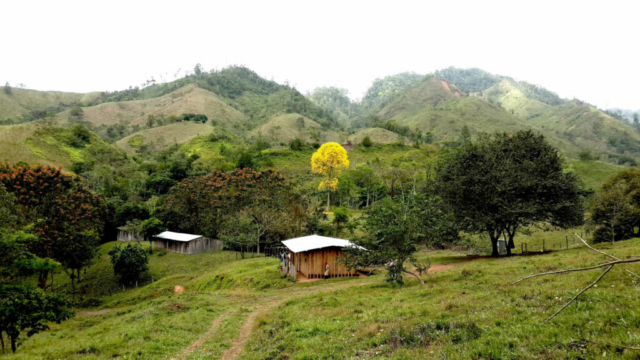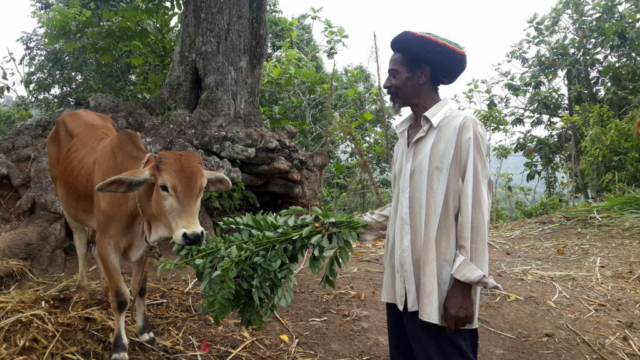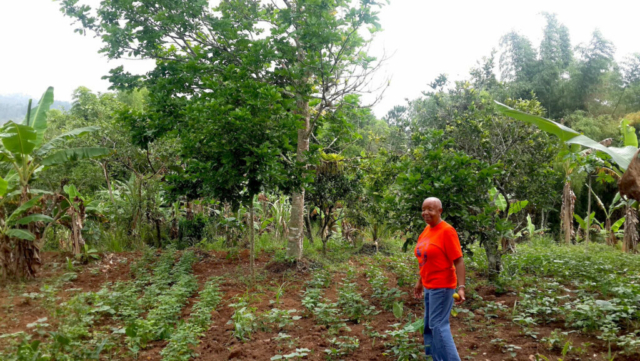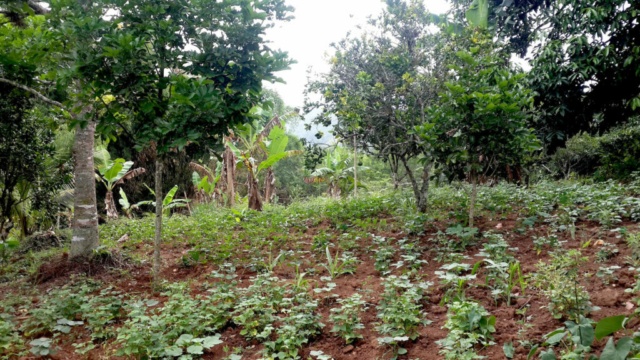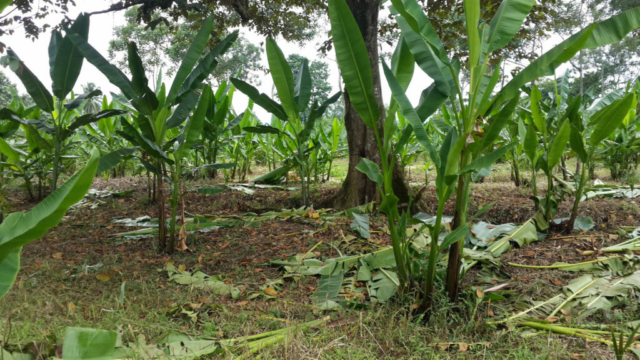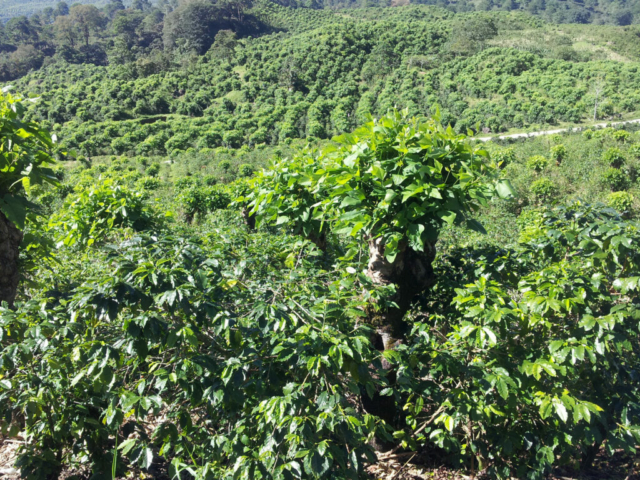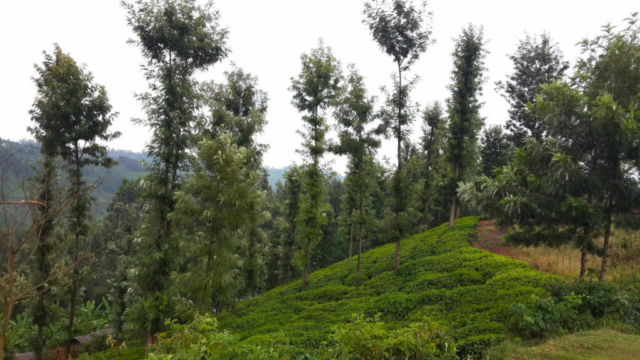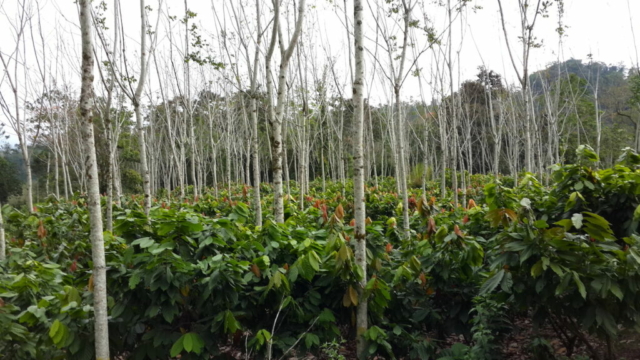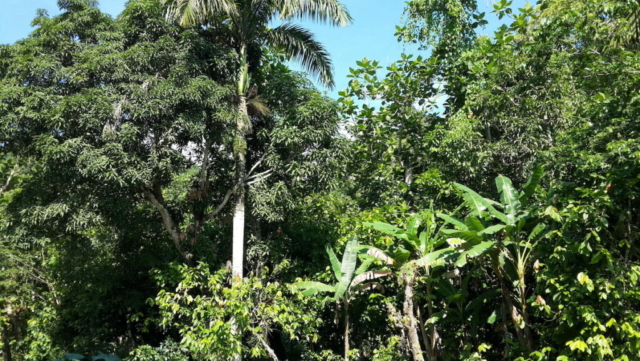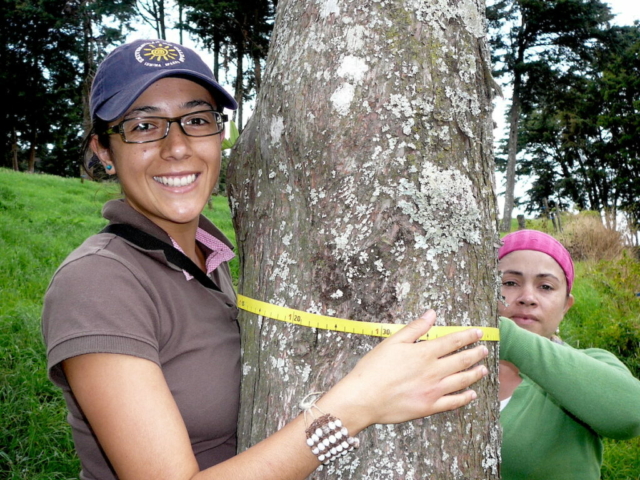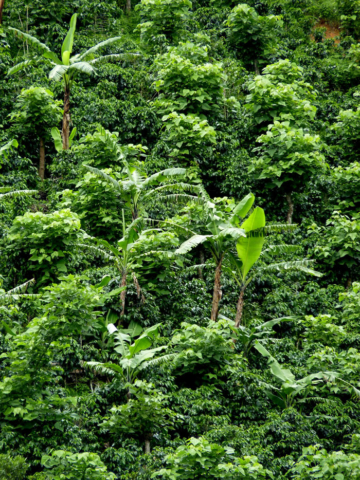Trees are often an overlooked, yet essential, component of farms. Trees on farms (TonF) contribute to the functioning and resilience of farming systems, and to well-being of more than one billion people. In Latin America, half of the rural population use TonF for subsistence and income.
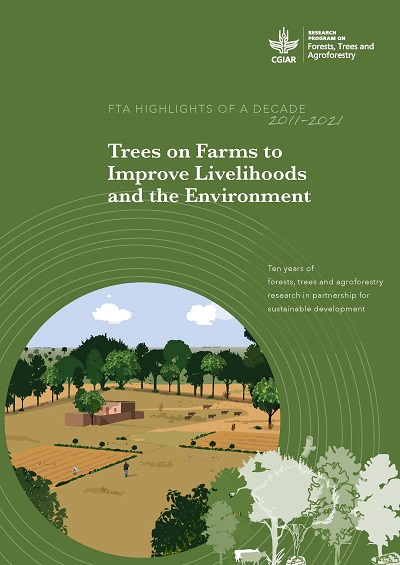
Although numerous studies have documented the importance of TonF to farmers’ livelihoods and the environment they are absent from the policy and institutional frameworks of most countries, and are not optimally designed and managed. These factors prevent farmers, the private sector, and governments from fully realizing their potential.
As part of “FTA’s highlights of a decade,” a new series focusing on its main results since being established in 2011, the FTA program is now publishing the volume on Trees on Farms to Improve Livelihoods and the Environment.
FTA’s work on trees on farms builds on its earlier work on Sentinel Landscapes (SLs). That initiative involved long-term research using standardized methodologies in order to understand and improve the dynamics of land use, trees and forests. FTA recently published results from 3 sites:
Farmers retain, recruit or plant trees on farms because they are useful. TonF contribute to food and nutritional security; generate income; and provide ecosystem services as well as aesthetic and cultural benefits.
Some trees on farms are remnant trees from the original natural forest. Some are valuable species whose natural regeneration has been protected. Others have been planted by farmers.
FTA’s work has helped to increase awareness of trees on farms and mainstream them in public policies and development initiatives.
Photo gallery
Addressing TonF in policy and practice requires that salient, science-based knowledge be generated, shared and thoroughly discussed with key personnel in public institutions. FTA’s work in Central America has increased the inclusion of TonF in national reporting systems and sectoral development programmes.
FTA’s knowledge base and science tools are helping to optimize agroforestry systems with perennial crops such as cocoa and coffee. Studies led by CATIE have shown that shade trees in cocoa plantations provide energy, vitamins and micronutrients that help families to avoid seasonal food shortages.
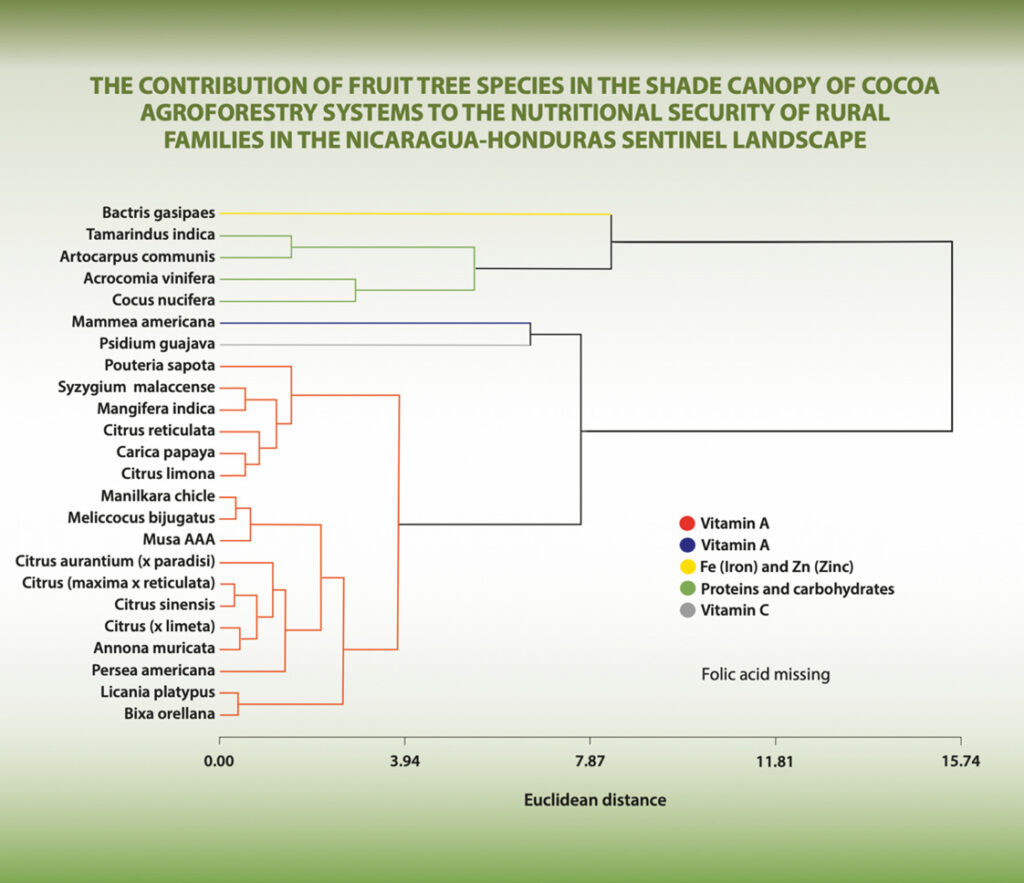
Source: adapted from Saenz-Tijerino 2012
Trees on farms are also good for the environment, helping to conserve soil and water and biodiversity and sequester atmospheric carbon.
Live fences provide fodder for animals, timber, fruits and firewood; increase biological connectivity in the landscape; and accelerate forest restoration.
Tree line features in one (5 km x 5 km) sample quadrat in the Catacamas landscape, Olancho, Honduras.
Forests, trees outside the forest (TOF), trees on farms (TonF), and agroforestry systems are part of the same continuum. A comparative study across three continents assessed the contribution of TOF to national tree biomass and carbon stocks.
Although TonF have previously not been included in legal and institutional frameworks, their assessment and monitoring have increased significantly in the last decade.
The use of high-resolution satellite imagery, remote sensing and other techniques have improved the ability to map TOF at a large scale. A recently published study mapped all trees in a 1.3 million-km² area in Africa and a study in Haryana State, India, mapped TOF resources; both studies used using satellite imagery.
FTA’s work the various Sentinel Landscape sites such as the Honduras and Nicaragua one provides new concepts and tools to optimize the design and management of cocoa and coffee agroforestry systems — these tools can apply to other agroforestry systems as well and can ensure that all the contributions of trees on farms are realized.
Download the publication to find out how future initiatives can build on FTA results and show how trees on farms can improve livelihoods and provide ecosystem services.

